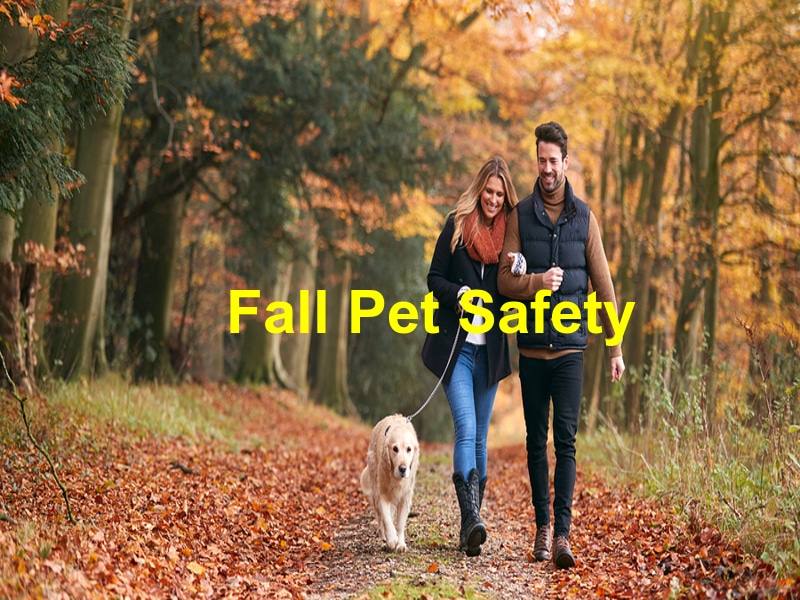Fall presents a period when temperatures fall significantly to welcome winter. Many organisms including plants make morphological adjustments to cope with the changes. Your pets also need to adjust to the new normal to manage through winter. It’s important that pet owners, especially new ones, are fully aware of the unique dangers that animals face in the fall and can prepare for them accordingly. In this piece, we introduce you to the various preparations you need to make for your pet to keep them safe.
- Keep Your Pet Warm
In many parts of the country, the temperature drops rapidly during the fall season. Pets feel the cold too, so it’s important to take steps to keep your pet’s body temperature stable and comfortable. We recommend upgrading their shelter with better heating facilities or providing clothes. Keep your pets indoors, especially in the evenings and morning.
- Beware of Anti-freezes
Anti-freeze is often sweet and pets may be tempted to lick it. Most anti-freezes are toxic to animals and humans. We recommend that you make sure all bottles are stored far away from your pets to avoid accidents.
- Avoid Mushrooms and Molds
mushrooms grow more frequently in fall and this could pose a threat to your pets. Molds and mushrooms are toxic to pets. If your dog does eat a mushroom or a mold, try to collect a sample of it and bring it to your vet for better treatment. We also recommend clearing your backyard from molds to keep it safe.
- Beware of Snakes
It is during fall that snakes prepare to hibernate for the winter. This may involve consuming a sizable animal to keep them full for a long time. This could be your dog or cat. We recommend that you research the different types of venomous snakes in your area, to prepare for what is coming. Avoid tall grass in areas where snakes are spotted and do not allow your dog to roam free on rocky terrain.
- Protect Their Paws
Frost is common during the fall and could lead to damage to pet paws. Cold weather, ice, and salt used to melt ice and snow can cause your dog’s paw pads to dry out and crack. We recommend providing booties that are designed to keep them safe and warm.
Conclusion
The fall season comes with many challenges for all living organisms as it marks a period of transition to extreme weather. As you prepare yourself for winter, the above tips will also ensure that your pets are safe.
References: CountryVet, VetEmergencyGroup, PetHub





